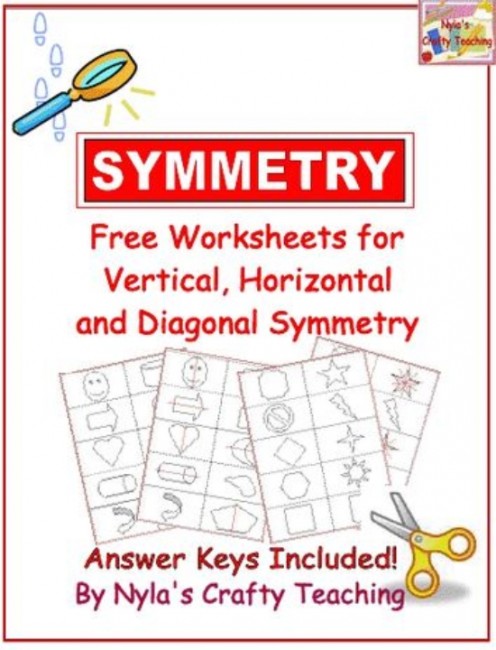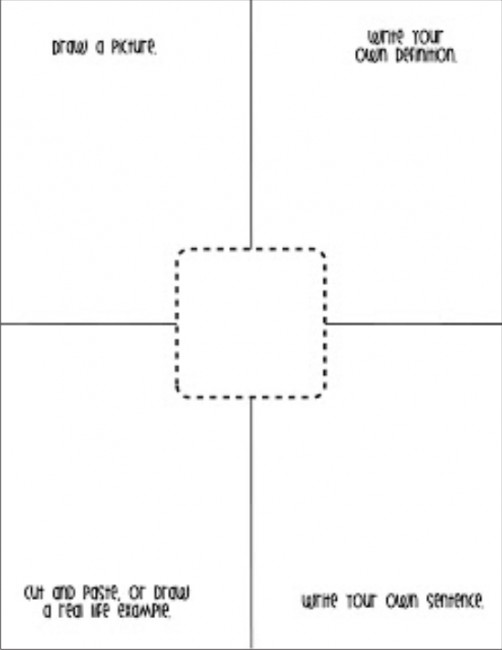Use math journals and interactive notebooks to help students learn and practice their skills. Increase the amount of time in these to help students “show your work.” Here are some interactive and foldable ideas to make journaling and notebooking interactive to use for showing examples in different ways, illustrating a concept and defining math terms.
Give math practice to students that is meaningful and reflects their learning by using these tips on your Common Core curriculum. Have another way to show math work? Tell us by uploading your tip to the Teach Junkie community. We can’t wait to see your lesson ideas.
Use Interactive Pieces for Function and Novelty
When you use pieces that move, expand, fold, etc… you are creating a novel set of materials and adding function. Students will remember the way specific foldables work and use those to associate memories and content with, increasing the likelihood of applying what they’ve learned!

Swivel Book – Take this swivel book for example. It’s a great way to illustrate a multi-step process. In this photo, the teacher uses it to illustrate the order of operations, but you could easily adapt the idea to even how to solve word problems. When students create the steps, they are engaged in breaking down the process of figuring out the math skill.
Pockets – Use paper to create built-in pockets right into a math journal. These are exceptional ways for older students to keep small materials at hand and keep it interesting. When they help create the pocket and what goes inside they take ownership over showing their work.
Be Choosy – Use Portions of Worksheets
You don’t have to use every inch of a worksheet. When you find a great example, illustration or diagram – use it! Use difficult drawings or exact models when measuring from a worksheet, but don’t define the way they use it by limiting their space to show their thinking with the rest of the worksheet.

Symmetry – Use this example of free symmetry worksheets. You could easily cut portions out and paste them into a journal. Students could fold and glue half of the shapes down, illustrating the lines of symmetry with folding. Then use the space surround their shape in their journal to write about why both sides are symmetrical. Most often, worksheets don’t include a lot of room to write or explain in a way that makes sense to the individual student, so give them the freedom (and expectation) to do so in their journal around the worksheet pieces. {Free downlaod}
Show In Different Ways
We all learned in our first education class that there is value in divergent thinking. So, get your students showing their thinking and work using a variety of ways in their journals.

Showing Examples in Different Ways – Here is a sample of how you could give the expectation to your students of illustrating a concept in 4 different ways. Create a master example or anchor chart and then let them use one page for each, or turn this into a foldable that will be memorable related to the concept you’re teaching. Keep it glued in next to other examples or in-class examples that they’ve used to refer to and use as their own personal anchor charts.
Use Foldables Within Math Journals for Added Function
Funtcionality is key for math journals. The types of foldables you can include are endless. Don’t just choose a foldable to make a foldable though… choose one that adds function and helps explicitly teach your concept.

“Types of” Foldables – This tri-fold foldable is a good example of how to use a foldable when trying to illustrate “types of.” It allows you to display up to 6 sections of information and can become a go-to resource for students. These examples include teacher created pieces, but you can always release it to students during group work, paired activities or during small group work.
Thanks to these fantastic teachers for sharing their printable and cootie catcher lesson plan ideas. They are fabulous! Feel free to grab the “I’m a Featured Teach Junkie” blog button as your creations are definitely worth the shout out.
More Math Journal Ideas
More Math Activities
- 17 Quick Cootie Catcher Printables and Lesson Plan Ideas
- Teaching Money with Games and Anchor Charts {Free Download}
- Multiplying Decimals – How To Teach and Model
- 6 Place Value Printables and Activities
- Math Tips for Teaching Quadrilaterals
Leslie {aka the original Teach Junkie} loves learning new things to make teaching easier and more effective. She enjoys featuring creative classroom fun when she's not designing teacher shirts, making kindergarten lesson plans or planning her family's next trip to Disney World.